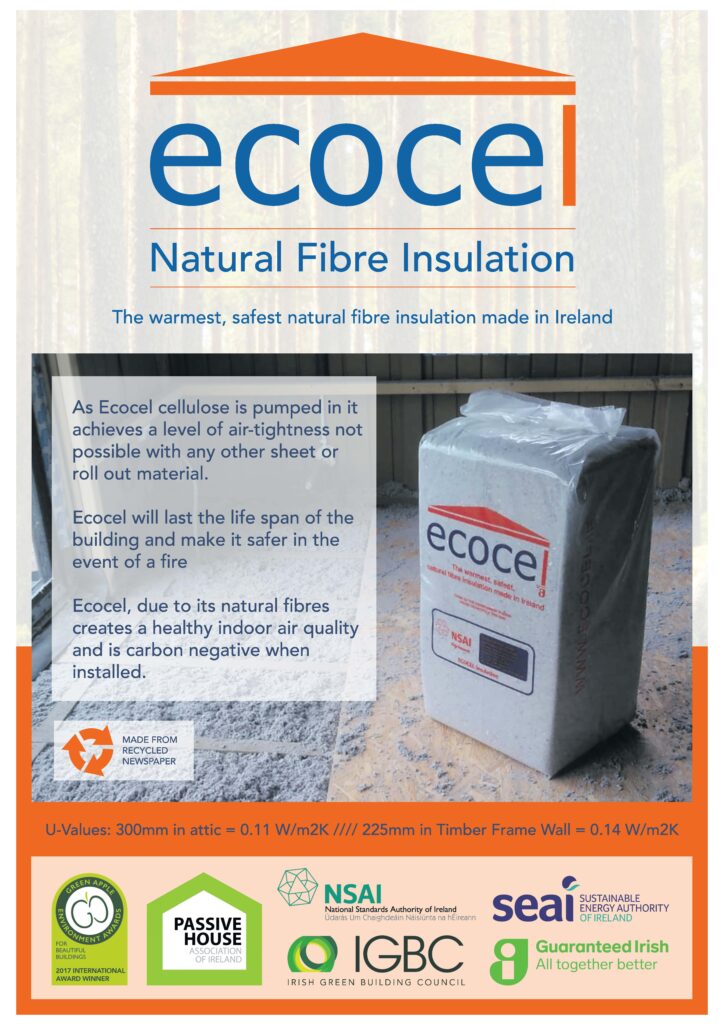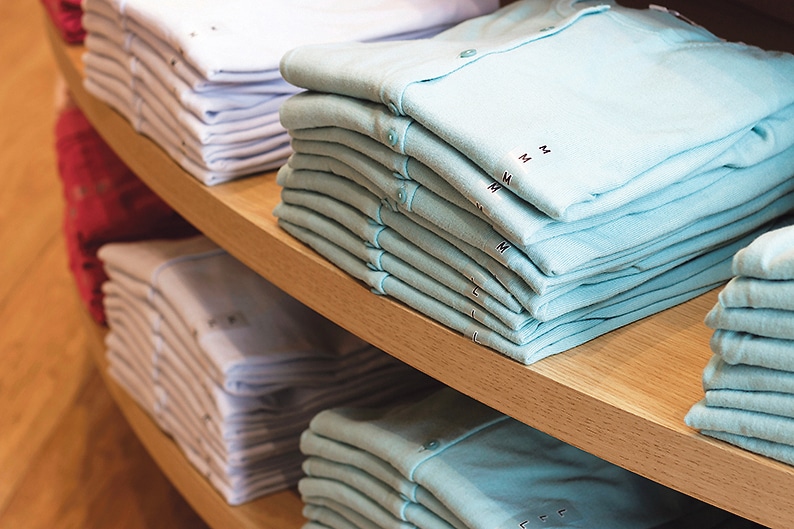Ninety-five per cent of all Irish homes have inadequate insulation in their roofs and walls and with energy prices increasing and SEAI now offering grants of up to €1,500 for insulating an attic, there has never been a better time to look into this cost-effective upgrade that can save energy in the home.
According to SEAI, approximately 20-30 per cent of heat within the home can be lost through the roof so insulating your attic properly can massively reduce heat loss and save you money.
Offering a more environmentally-friendly alternative to imported mineral fibres, which have a higher carbon footprint, cellulose fibre insulation is a winner in many ways when it comes to insulating your home: Manufactured from recycled newspapers by Cork company Ecocel, cellulose fibre insulation has a high thermal and acoustic performance; long lifespan; excellent fire resistance; improves indoor air quality and offers good value for money if you do your calculations right!
In fact, new research from the University of Ulster has found that the installation of cellulose fibre insulation in attics can even improve the airtightness of dwellings.
“We’ve long thought that cellulose alone can improve the airtightness of dwellings, and now we have the research to prove it,” said John Egan of Ecocel, who engaged the University to carry out the independent evaluation.
“The material is naturally dense, and the nature of the installation process means that it’s blown into every nook and cranny, and around pipes and wiring, helping to seal up these spaces.”
As part of the research, Ulster University conducted before and after blower door tests to determine the unintended air filtration rate of three dwellings. The blower door tests confirmed that the Ecocel attic treatment improved the airtightness of all three dwellings. The airtightness of dwellings in Deansgrange and Killiney improved by nine and eight per cent respectively, while a third dwelling in Wicklow improved by four per cent. The mean change was seven per cent.
The report noted that the test conditions were not ideal on the day that the Wicklow test was carried out, with wind gusts recorded, which may have impacted on the test. This dwelling also has a lower ceiling surface area to building volume ratio, which may have contributed to lowering the relative improvement.
“This brings up another point, the importance of going back and testing houses four and eight years later to really inform ourselves,” says John. This Wicklow house would be a good candidate for retesting. At the moment we are predicting energy performance with Building Energy Ratings (BERs) but we are not gathering empirical evidence on the energy efficiency of Irish homes.”
Ecocel is an active member of the Green Building Council, Passive House Association and Cork Environmental Forum. The company recently completed the insulation of over 50 A-rated units in Cork County Council’s Beechgrove social housing development in Clonakilty.




